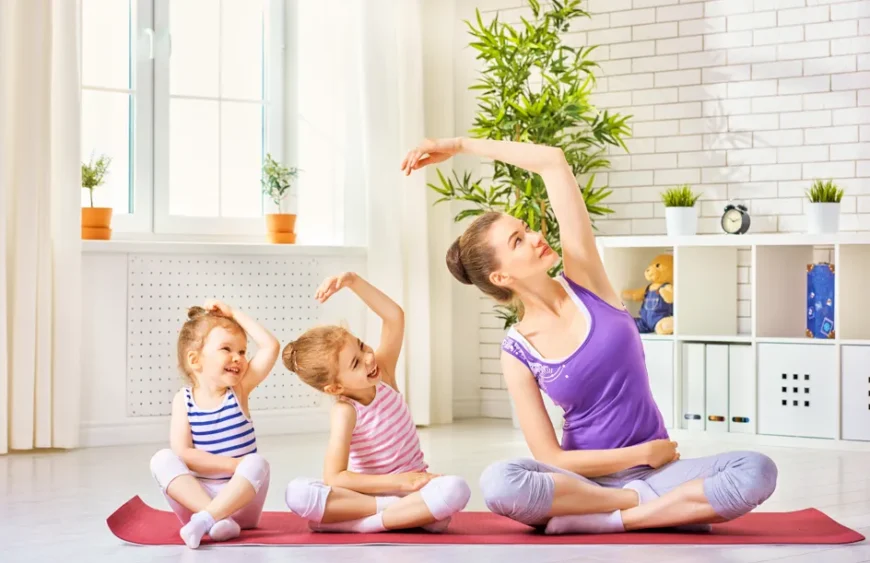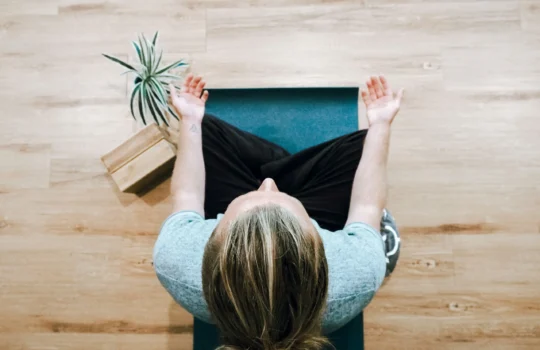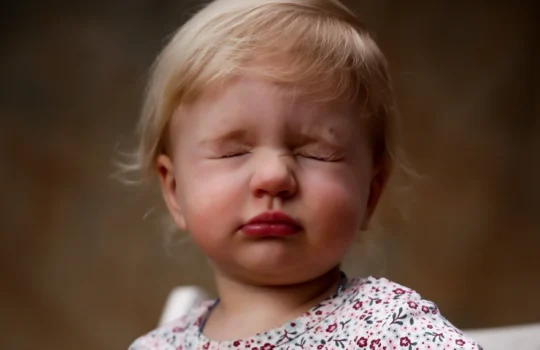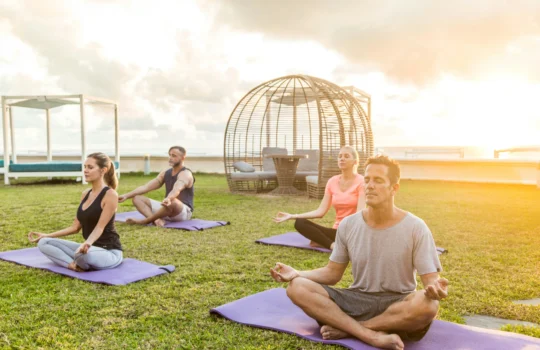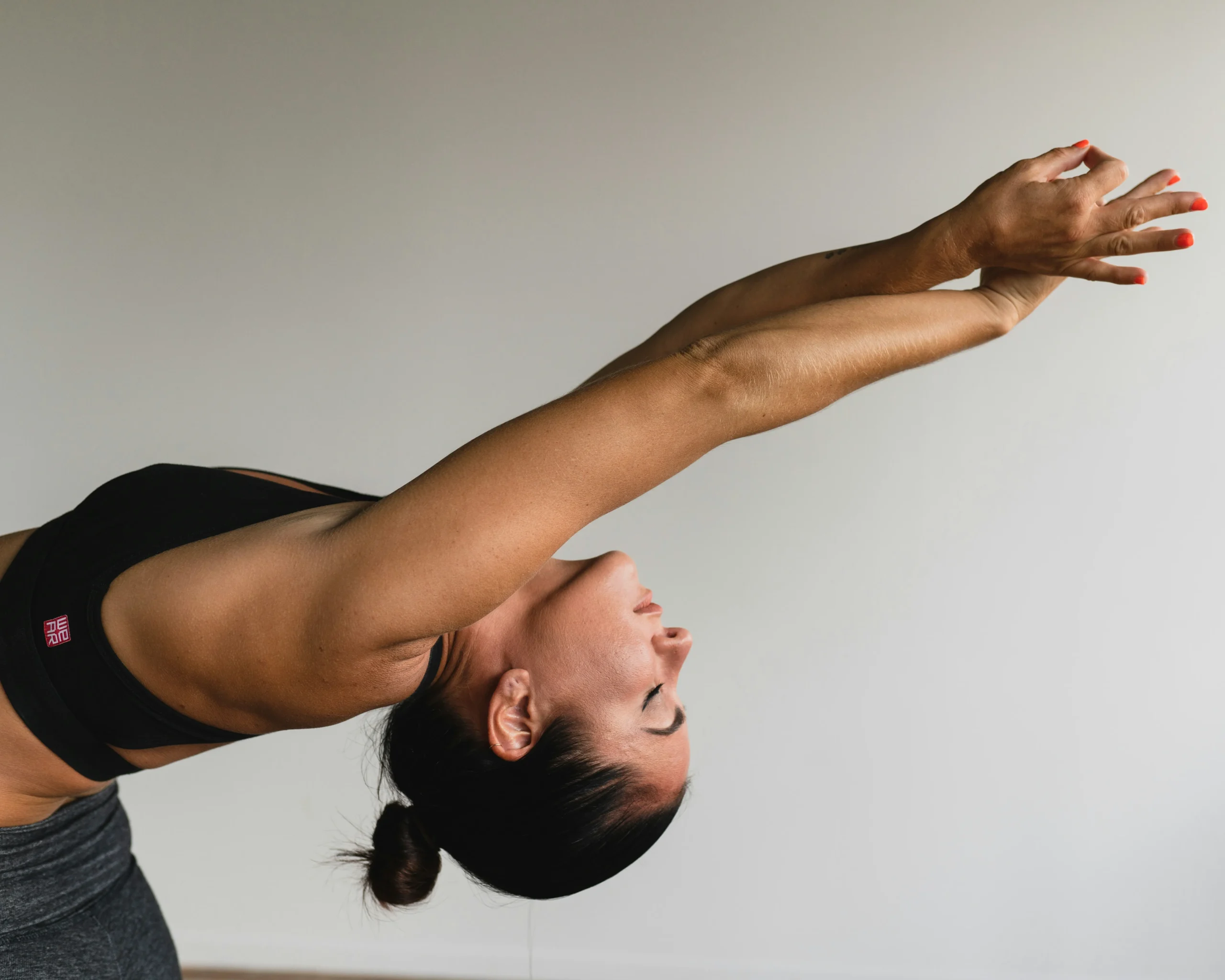Did you know that today’s kids are under more pressure than ever before? Between school, sports, and navigating the digital world, it’s no surprise that our little ones are feeling the pinch. But what if there was a secret weapon to help them combat stress, boost their physical health, and even improve their grades? Spoiler alert: there is, and it’s called yoga and meditation!
Why Children Need to Learn Yoga and Meditate? Yoga and meditation might seem like they’re reserved for adults, but they’re actually a match made in heaven for the younger crowd. These ancient practices are not just about touching your toes or sitting quietly; they’re about building a foundation for lifelong wellness, both physically and mentally. Let’s dive into the reasons why yoga and meditation should be a non-negotiable part of your child’s routine. Trust us, it’s a game-changer!
Table of Contents
1. Boosts Physical Health and Flexibility
In a world where screen time often outweighs playtime, it’s crucial to encourage activities that get our kids moving and grooving. Yoga does just that, but in a way that’s gentle and fun!
A Path to a Healthier Body
Yoga is a fantastic way for kids to increase their physical activity levels, which is essential in maintaining a healthy weight and preventing diseases. It’s not about the intensity; it’s about consistency and enjoyment. Yoga poses improve muscle strength, endurance, and flexibility. These are not just benefits for now; they’re investments in your child’s future health.
Flexibility Is Just the Beginning
We often praise yoga for its ability to make us more flexible, but for kids, the benefits go way beyond being able to touch their toes. Regular yoga practice enhances balance, coordination, and body awareness. This means fewer bumps and bruises and a better overall sense of physical confidence. Imagine a child who not only excels in physical activities but also carries themselves with grace and poise.
Breathing and Relaxation Techniques
One of the core elements of yoga is learning to control your breathing. For kids, mastering this skill means they have a powerful tool to deal with stress and anxiety, which can have a profound impact on their physical well-being. These breathing exercises improve lung capacity and the overall respiratory system, which is especially beneficial in these times when respiratory health is of paramount importance.
Yoga and meditation are more than just physical exercises; they are a way for children to explore their capabilities and push their boundaries in a safe and nurturing environment. As parents and guardians, introducing yoga and meditation into our children’s lives is one of the best gifts we can give them. It’s not just about the poses; it’s about setting them up for a lifetime of health, wellness, and happiness.
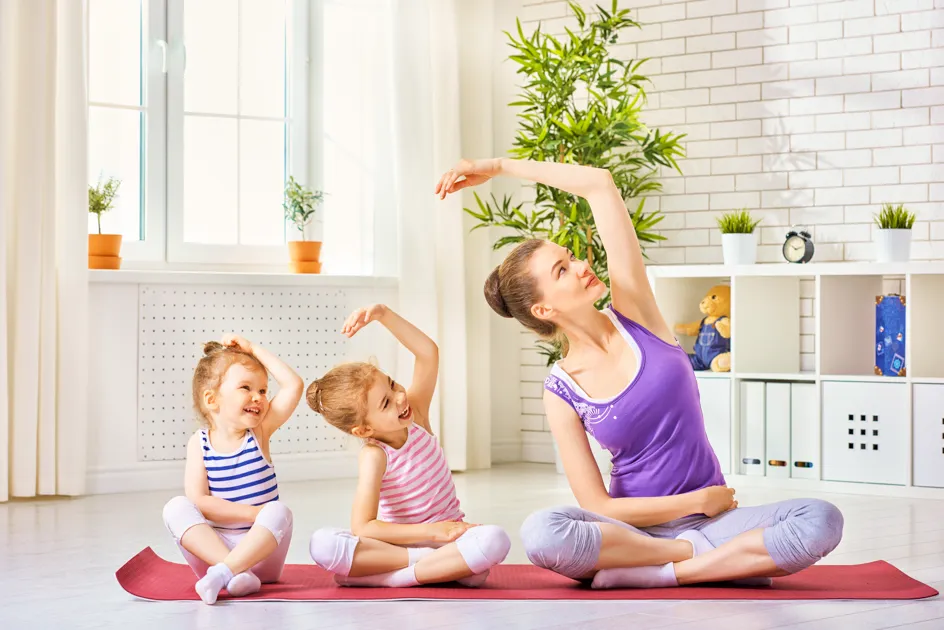
Encourages Healthy Habits
In an era where convenience often trumps nutrition, and sedentary lifestyles are the norm, yoga and meditation stand out as beacons of hope. These practices teach children about mindfulness, which extends far beyond the mat or meditation cushion. Mindfulness encourages a state of active, open attention to the present. When children learn to be mindful, they start making healthier choices, not just in what they eat but in how they spend their time.
Mindful Eating
Yoga and meditation introduce the concept of mindfulness, which can transform how kids approach eating. They become more aware of the tastes, textures, and sensations of eating, helping them appreciate their food more and recognize when they’re full, reducing the chances of overeating and obesity.
Active Lifestyle Choices
Children who engage in yoga are more likely to view physical activity as a joy rather than a chore. This positive attitude towards exercise can lead to a lifetime of fitness and health.
2. Enhances Concentration and Academic Performance
In a world full of distractions, focusing on a single task for extended periods has become a Herculean task for adults and children alike. Yoga and meditation offer a solution to this modern dilemma.
Sharpened Focus
Yoga teaches children to clear their minds and focus on the task at hand. Whether it’s holding a pose or concentrating on their breath, these practices train the brain to focus, significantly enhancing their concentration levels in school.
Improved Academic Results
Regular practice of meditation has been linked to improved academic performance. The enhanced concentration and focus allow children to absorb and retain information more effectively, leading to better grades and a more profound love for learning.
Provides a Break from Tech
In our digital age, children are bombarded with constant stimulation from screens, leading to reduced attention spans and increased restlessness. Yoga and meditation offer a much-needed tech detox, encouraging children to engage with the world around them.
3. Fosters Emotional Intelligence and Stress Management
Yoga and meditation are powerful tools for teaching children how to manage their emotions and stress effectively.
Understanding Emotions
These practices help children recognize and articulate their feelings, fostering emotional intelligence. They learn that all emotions are valid and learn techniques to express them in healthy ways.
Coping Mechanisms for Stress
Yoga and meditation provide children with coping mechanisms for stress, reducing their likelihood of experiencing anxiety and depression. These skills are invaluable, particularly in challenging situations.
Builds Self-esteem and Resilience
Mastering new yoga poses and meditation techniques can be incredibly empowering for children, boosting their confidence and resilience.
Achieving Milestones
Every time a child achieves a new yoga pose or reaches a new level of meditation, they prove to themselves that they are capable of growth and success, fostering a positive self-image.
Bouncing Back
Yoga and meditation teach children that falling out of a pose isn’t failure—it’s a part of the learning process. This resilience translates into other areas of their lives, enabling them to face challenges with a positive mindset.

4. Promotes Mindfulness and Creativity
In an age where multitasking is the norm, yoga and meditation teach children the art of mindfulness—being fully present in the moment. This not only helps in reducing stress but also opens the door to creativity, as a quiet mind is often a creative one.
A Mind Open to Ideas
Practicing mindfulness through yoga and meditation allows children to clear the clutter in their minds. This mental space becomes a fertile ground for creativity, encouraging them to think outside the box and express themselves in unique ways.
Creativity in Motion
Yoga itself can be a form of creative expression, as children learn to explore and invent new poses, flows, and ways to move their bodies. This exploration fosters a creative spirit that can influence other areas of their lives, from art to problem-solving.
Enhances Social Skills
Yoga and meditation might seem like solitary activities, but they often take place in group settings where children can learn and grow together. These communal aspects of the practices are fantastic for building social skills.
Learning Together
Group yoga classes for children are not just about individual growth; they’re also about learning to work together, follow instructions, and respect others’ space and pace. These are invaluable social skills that benefit children in all areas of their lives.
Building Empathy and Understanding
As children engage in yoga and meditation, they become more in tune with their emotions and thoughts, which in turn enhances their empathy towards others. Understanding and caring for others’ feelings is a critical social skill, fostering healthier relationships.
5. Offers Tools for Coping with Anxiety and Depression
In a world that can sometimes feel overwhelming, yoga and meditation provide children with effective tools to manage anxiety and depression, offering a sense of calm and control in their lives.
Breathing Through the Challenges
The breathing techniques learned in yoga can be a quick and powerful way for children to control their anxiety levels. Teaching them that they have the power to calm themselves is incredibly empowering.
Meditation as a Refuge
Meditation offers a safe haven for children to retreat to, allowing them to process their feelings and thoughts in a non-judgmental space. This practice can significantly reduce feelings of anxiety and depression by providing a sense of peace and detachment from stressful situations.
Conclusion of Why Children Need to Learn Yoga and Meditate
Yoga and meditation are not just activities; they’re life skills that can benefit children in myriad ways. From enhancing physical health and academic performance to fostering emotional intelligence and social skills, these practices prepare children to face the world with confidence, creativity, and resilience. Encouraging mindfulness and providing tools to cope with anxiety and depression are just the icing on the cake. As parents, educators, or guardians, integrating yoga and meditation into children’s lives could be one of the most valuable gifts we give them.
Additional Sections
FAQs About Yoga and Meditation for Children
Why should my child practice yoga and meditation? From enhancing physical flexibility to improving concentration and stress management, yoga and meditation offer myriad benefits tailored to the developmental needs of children. These practices can help in cultivating a sense of inner peace and emotional balance from an early age.
At what age can my child start? Children as young as three can begin exploring yoga through simple poses and breathing exercises, tailored to their attention spans and physical abilities. Meditation can start with short, guided sessions focusing on mindfulness and gradually increase in duration as the child grows.
How can I address my child’s short attention span? Incorporate playful elements into practices, like imitating animal poses in yoga or using imaginative stories during meditation. Keeping sessions short and engaging ensures that children remain interested and look forward to these activities.
Tips for Making Yoga and Meditation Fun and Engaging
- Theme-Based Sessions: Create themed yoga sessions such as “Jungle Adventure” or “Ocean Exploration,” where each pose represents an animal or element of the theme. This approach sparks imagination and keeps children engaged.
- Incorporate Games: Use games that integrate yoga poses or meditation practices. For example, “Yoga Pose Freeze Tag” can make learning new poses exciting.
- Family Participation: Encourage family yoga and meditation sessions. When children see their parents or siblings participating, they’re more likely to be enthusiastic and view the practice as a bonding activity.
Resources for Young Yogis and Meditators
- Books: “Good Night Yoga: A Pose-by-Pose Bedtime Story” by Mariam Gates offers a gentle introduction to yoga, helping children wind down before bed.
- Apps: “Headspace for Kids” provides meditation sessions tailored to different age groups, focusing on themes like calm, focus, and kindness.
- Videos: Cosmic Kids Yoga on YouTube offers engaging yoga adventures themed around stories and characters that children love, making yoga practice an exciting storytime.
By focusing on these elements, your blog post will not only inform parents and educators about the benefits and methodologies of introducing yoga and meditation to children but also inspire them to take action. Incorporating these sections will make your content a comprehensive guide that addresses common concerns, offers practical advice, and provides valuable resources to support young yogis and meditators on their journey.

